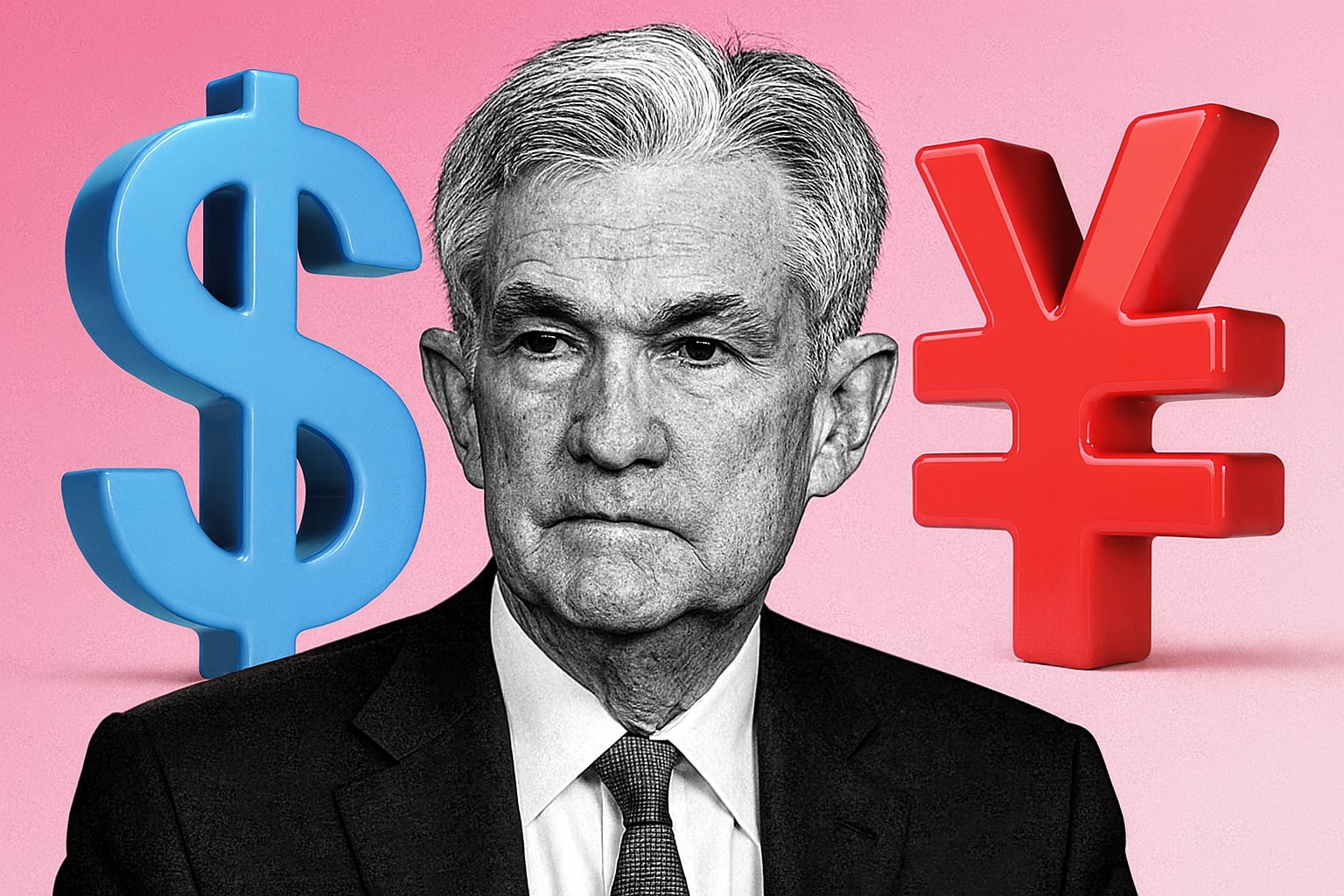
GBP/USD Price Rises to 1.36 on Dollar Retreat and UK Stability
Sterling strengthens to a one-month high, fueled by improved UK sentiment and softer U.S. economic signals | That's TradingNEWS
GBP/USD Surges as Fed Cut Bets Hit Nearly 98% While UK Data Holds Pound Resilient
The GBP/USD currency pair has staged an aggressive rally this week, pushing into the 1.3570–1.3585 resistance band, marking its strongest level in over three weeks. This bullish breakout has been powered by a sharp weakening of the U.S. Dollar Index (DXY), now hovering near a two-month low at 98.30, as traders place an overwhelming 97.85%–98% probability on a September Federal Reserve rate cut. The pound’s rise is reinforced by a combination of cooler-than-expected U.S. inflation readings and UK macro data that, while mixed, still gives the Bank of England room to delay any aggressive easing.
U.S. Inflation Data Drives Fed Pivot Speculation, Weighs on Dollar
July’s headline U.S. CPI came in flat at 2.7% year-on-year, undershooting consensus forecasts of 2.8% and matching June’s reading. Core CPI, however, ticked up to 3.1% from 2.9%, crossing the 3% mark for the first time since early spring. Markets shrugged off the hotter core print, focusing instead on the broader picture of contained goods inflation and soft energy prices. The CME FedWatch tool now reflects over a 90% probability of a 25-basis-point cut in September, with some policymakers and Trump administration officials openly calling for deeper reductions — up to 50 basis points in one move and as much as 175 basis points over the next year. U.S. nonfarm payrolls earlier in the month compounded the dovish sentiment, showing a mere 73,000 jobs added with unemployment rising to 4.2% and prior months revised sharply lower to a meager 35,000 average, the weakest labor creation since the pandemic.
Sterling Holds Firm on BoE Caution Despite Slowing UK Labor Market
While the U.S. side has driven the majority of the GBP/USD rally, the pound is also benefiting from the Bank of England’s reluctance to pre-commit to deeper rate cuts. UK labor data showed the claimant count falling by 6,200 versus expectations of a 20,800 rise, suggesting some resilience, although employment has dropped in eight of the past nine months. Average earnings growth eased to 4.6% from 5.0%, offering some relief on wage-driven inflation pressures. The BoE remains in a holding pattern ahead of Thursday’s Q2 GDP release, where growth is expected to slow to 1.0% year-on-year from 1.3% prior, and just 0.1% quarter-on-quarter from 0.7%. Markets are eyeing whether weaker growth data could force the BoE to signal cuts later in the year, though for now, policymakers appear content to let the Fed lead the easing cycle.
Technical Outlook: GBP/USD Breakout Extends Toward Key Resistance Zones
The pair’s rally began from the August 1 low at 1.3138, when a bullish engulfing pattern formed and price surged above both the 50-day and 100-day moving averages, clearing the 23.6% Fibonacci retracement at 1.3388. The break above the 1.3500 psychological barrier and the 61.8% retracement at 1.3541 has shifted market structure decisively in favor of the bulls. Immediate resistance sits at 1.3575–1.3588, followed by the July 4 swing high at 1.3681 and the 1.3700 round figure. A further extension could bring the July peak at 1.3788 into play, with an eventual psychological target at 1.4000 if bullish momentum continues. On the downside, initial support lies at 1.3550, then 1.3500, followed by 1.3434 — a prior breakout zone and September swing high — and finally 1.3370. RSI readings on multiple timeframes are in overbought territory, suggesting risk of a corrective pullback, but momentum indicators remain firmly skewed toward further upside unless macro data shifts risk sentiment sharply.
Macro Risks and Upcoming Catalysts for GBP/USD
With the Fed’s September meeting now almost entirely priced for a cut, traders will be looking at Thursday’s U.S. PPI data (forecast 2.5% YoY from 2.3%) and Core PPI (expected 2.9% YoY from 2.6%), along with initial jobless claims. Friday’s U.S. retail sales and University of Michigan consumer sentiment will test whether consumer strength can counterbalance the Fed’s dovish tilt. On the UK side, Thursday’s Q2 GDP, monthly manufacturing output, and construction data could either reinforce or undermine sterling’s resilience. Any upside surprise in UK growth figures could push GBP/USD decisively above the 1.36 handle, while softer prints risk stalling the rally.
Market Positioning and Strategy Call
The current setup keeps the bullish bias intact for GBP/USD as long as the pair holds above 1.3500, with upside potential toward 1.3700–1.3788 over the short-to-medium term. The fundamental divergence — a Fed leaning toward an aggressive easing cycle versus a BoE in wait-and-see mode — provides the structural backdrop for further sterling appreciation. However, overbought technicals suggest staggered entries or partial profit-taking on strength could be prudent for traders already long. A sustained close below 1.3430 would invalidate the bullish scenario and open the door to a deeper retracement toward 1.33. Based on current data, the bias remains buy-on-dips, targeting incremental upside as long as macro momentum holds.
That's TradingNEWS
Read More
-
SCHD ETF Price at $27: Can SCHD’s 4% Yield and 9.15% Dividend Growth Beat High-Yield Covered Call ETFs?
15.12.2025 · TradingNEWS ArchiveStocks
-
XRP ETFs Close on $1B Inflows as XRPI at $10.92 and XRPR at $15.52 Hit 52-Week Lows
15.12.2025 · TradingNEWS ArchiveCrypto
-
Natural Gas Price Forecast: NG=F Holds the $4 Floor as Oversupply Clashes with 2026 LNG Demand
15.12.2025 · TradingNEWS ArchiveCommodities
-
USD/JPY Price Forecast - Dollar to Yen At 155: Yen Strength Builds As BoJ Hike And NFP Collide
15.12.2025 · TradingNEWS ArchiveForex



















